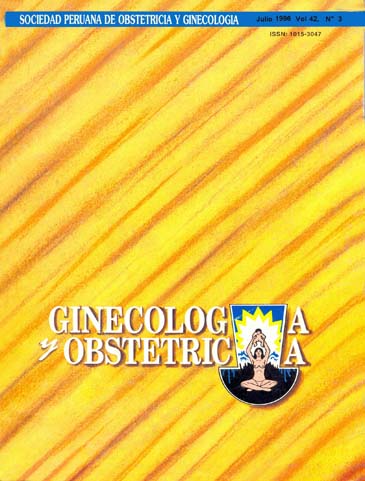Microsurgery Infertility: two years of experience in the northeastern Peru.
DOI:
https://doi.org/10.31403/rpgo.v42i1801Abstract
OBJECTIVE: To review results of microsurgery in secondary infertility by tuboperitoneal factor. DESIGN: Prospective, transversal, observational study. MATERIAL AND METHODS: 15 patients with diagnosis of secondary infertility by tuboperitoneal factor treatead with microsurgery, previously studied with laparoscopy and hysterosalpingography and operated by one surgeon, using microsurgery equipment and Opti Visor lenses (7x). Interventions were done at the Surgical Center of Clinica San Lucas, Moyobamba-Perú, with 12 to 24 menths follow-up. RESULTS AND CONCLUSIONS: Most frequent cause of secondary infertility by tuboperitoneal factor is tubal occlusion for fertility. Most frequent microsurgery intervention is tube-tube reanastomosis. Pregnancy rates 12 to 24 months post microsurgery are 67% post tube-tube anastomosis, 66% post fimbrioplasty, 66% post salpingoneostomy, and 66% post adheriolysis.Downloads
Download data is not yet available.
Downloads
Published
2015-08-04
How to Cite
Salvador, M., & Landa, A. (2015). Microsurgery Infertility: two years of experience in the northeastern Peru. The Peruvian Journal of Gynecology and Obstetrics, 42(3), 29–32. https://doi.org/10.31403/rpgo.v42i1801
Issue
Section
Artículos Originales
















